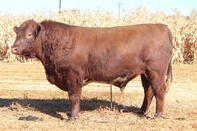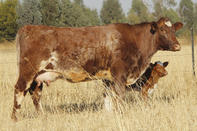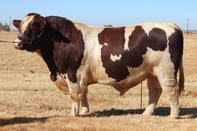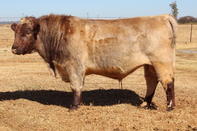Shorthorn cattle are part of beef production in South Africa and developed from Teeswater and Durham cattle in North East England.

As seen on The Cattle Site, the brothers Charles and Robert Colling, used line breeding techniques to improve their herd and by 1810, one of their bulls, called Comet, was the first-ever bull to be sold for 1 000 guineas.
In testimony to its excellence, the bull later became a legend in cattle breeding because of the superior progeny Shorthorn cattle produced. The name of the breed refers to the short size of these cattle’s horns.
Production in South Africa
Thomas Trollip imported the first Shorthorn into South Africa in 1861 and the Shorthorn Cattle Breeders’ Society was established in 1912.
Attributes

The Shorthorn is a medium-sized breed with red, roan – which is a mixture of red and white – and sometimes a white coat. The size of the cattle are dependent on production environment and as this is a dual breed, the cattle may be used for milk or beef production. The average size of a cow in South Africa is around 500 kg whereas that of a bull is around 950 kg.
The breed is well known for high fertility, calving ease, milk production, docility and its mothering ability. The Shorthorn has been used in the development of 52 new breeds around the world, those in South Africa are the Bonsmara, Santa Gertrudis and the Beefmaster.
Production Regions

The breed, because of its adaptability, is produced throughout South Africa.
Use

The breed may be used on its own in closed herds, but also in cross breeding programmes to especially enhance the qualities of indigenous breeds. Both bulls and cows are said to pass on the Shorthorn’s ability to grow quickly and easily.
Meat Quality
Being an English breed, the meat of the Shorthorn has good marbling, which is associated with good flavour.
For bulk or Shorthorn Beef export enquiries please use the enquiry link below.